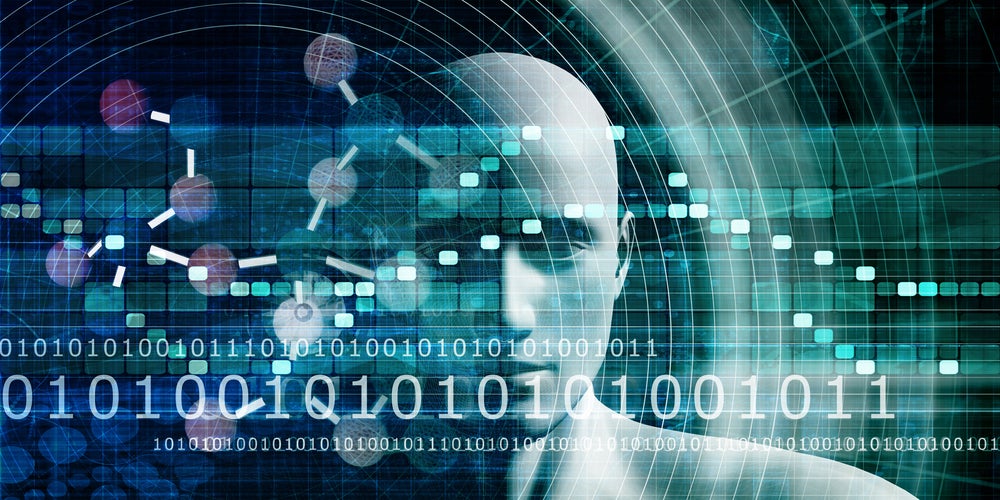Many healthcare professionals have long seen the potential of personalised medicine to revolutionise the industry by understanding patients’ unique needs and providing them with the exact care they require.
Yet it has been met with concern due to its potential to drain already strained resources. However, digital twins provide a method to overcome this by personalising advice, simulating patients in clinical drug development, and aiding research through disease models.
What are digital twins?
Digital twins are computational representations of 3D objects or processes that provide a platform for simulations. They differ from traditional models due to their ability to be updated through real-world feedback from sensors and AI. In medical research, this feedback may arise from health records, including genetic information or wearable devices.
Other industries using digital twins include oil and gas, manufacturing, and construction. The digital twins market is set to grow to over $150bn by 2030, as detailed by GlobalData in its Digital Twins report.
Transforming healthcare with digital twins
A whole-body digital twin was used in a randomised controlled trial looking at patients with type two diabetes (T2D). The digital twin platform combined clinical and sensor data, machine learning, and the Internet of Things to predict patients’ glucose responses. It then provided nutritional and health recommendations with the aim of achieving T2D remission.
Outcomes after a year of the trial revealed that 73% of patients were in T2D remission and the three outcomes of the trial achieved significant reductions. This trial demonstrates an important application of digital twin technology in providing personalised advice to patients based on their data. This technique implements personalised medicine while not exhausting scarce healthcare resources, such as consultation time.

US Tariffs are shifting - will you react or anticipate?
Don’t let policy changes catch you off guard. Stay proactive with real-time data and expert analysis.
By GlobalDataPersonalised medicine and clinical drug development
Estimates of the cost to develop a drug can range up to $2.8bn, showing high attrition rates with about half of the drugs failing in the clinical trial phase, leading to pharmaceutical companies spending considerable sums on failed drugs.
Digital twins of patients could be used to simulate patient populations, reducing the number of patients required for real-world clinical trials, thus saving time and capital while reducing the number of patients experiencing adverse drug reactions. These digital patient groups can reflect specific genetic variations in patients or baseline characteristics to assess drug safety and efficacy in different sub-groups.
Sanofi has utilised digital twins in decision-making, helping it determine if a drug should enter the next stage of development. This was done using virtual asthma patients after a Phase 1b proof of mechanism trial to explore whether the drug showed efficacy better than its competitors to ensure it was a worthwhile compound to develop in a crowded market. This use of digital twins prevented unnecessary spending and saved patients’ time, while also simulating specific patients’ responses. Sanofi validated this trial with the model’s results being a “good match to the data observed in the Phase 1b study”.
Aiding research and enabling the delivery of personalised medicine
Digital twins have also aided medical research. Aitia has produced Gemini digital twins of disease, which incorporate biological data with known mechanisms. These digital twins link factors such as genetics, gene, and protein expression to produce a causality chain to predict the effects of factors on the simulation.
This technology has been used in research to understand biological mechanisms and aid in the validation of novel drug targets. In addition to this, the twins allow modelling under conditions such as gene or protein knockdowns which may be seen in patients, aiding the understanding of biological mechanisms at the individual patient level. These examples show how digital twins can be used to progress healthcare, drug development, and research by enabling the delivery of personalised medicine.









